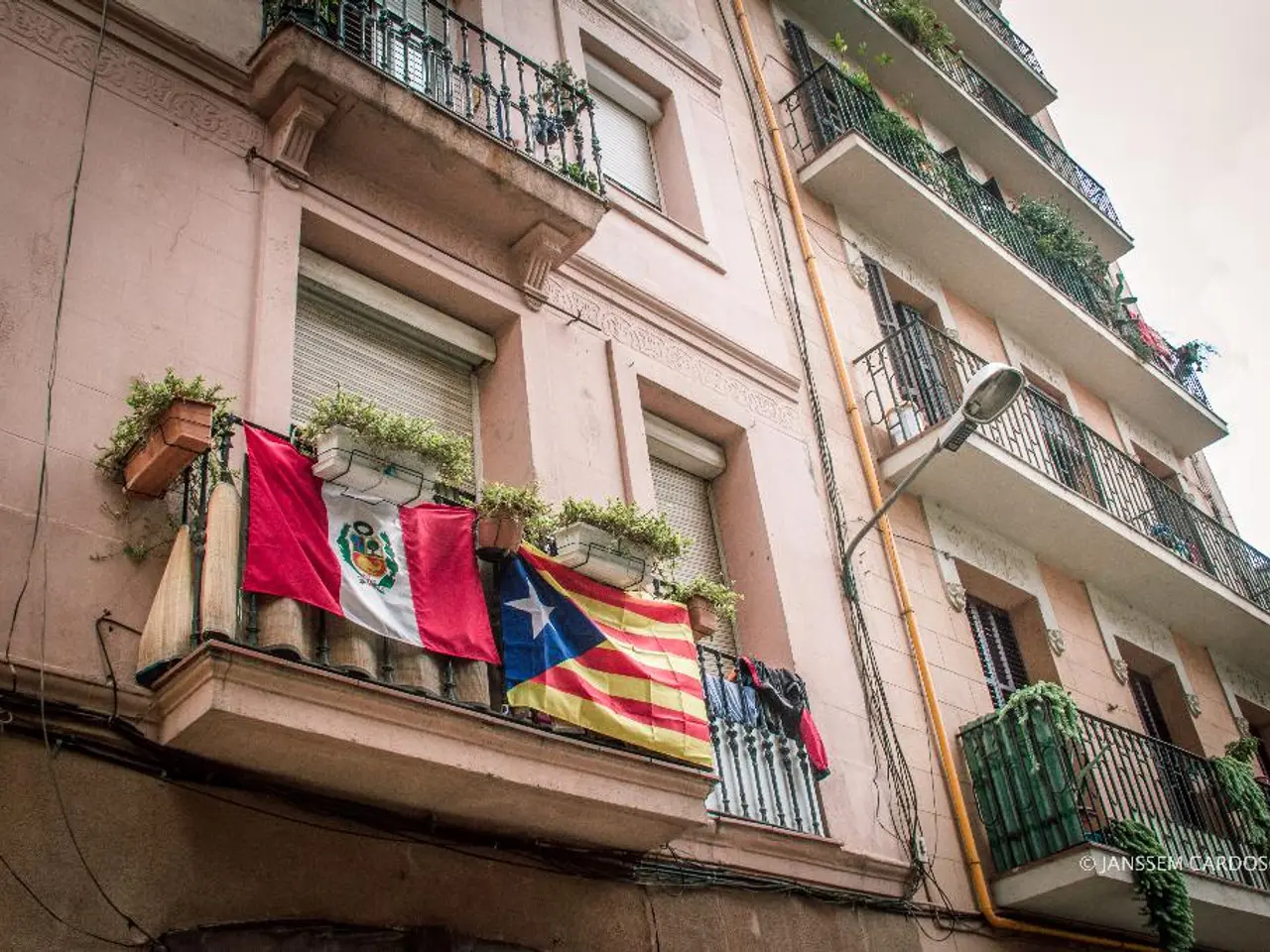Venezuela turns to solar energy during blackout predicament
Venezuela's power outages are becoming more frequent, causing disruptions to daily life, due to the overload of the country's generation and distribution systems. The Nicolás Maduro government has implemented a Load Management Plan, which includes scheduled outages of up to four hours.
One of the projects under this plan, a wind and solar energy system installed in 2013 in Paramo de Los Conejos, only supplies one school and four residences. Another solar plant in El Vigía does not have batteries for energy storage, making it dependent on solar radiation.
In January 2024, President Maduro announced the inauguration of a new solar plant in El Vigía, with a generation capacity that was not disclosed. However, the system, which has 1.207 solar panels, is expected to serve around 2,200 families. Despite initial claims, the plant remains in its initial phase and has not yet brought the promised batteries for energy storage.
The solar plant in Llano de El Anís, announced by Guzmán in February 2023, operates at only 40% of its capacity and serves 17 houses, a health center, and a school. Another solar plant in the community of El Quino, installed in 2009, provides energy for around 200 people.
The regional elections in May 2023 resulted in a new governor for Mérida, Arnaldo Sánchez, who may continue the previous plans to install a nuclear reactor in the Andean region with the support of China and Russia. However, the state of Mérida, crossed by the Andes mountain range, has the lowest photovoltaic potential in the country.
The decline in Chinese investment in Venezuela, which began in 2016, has contributed to the failure of large energy transition projects, including a solar park installed on the Caribbean island of Los Roques, which remains non-operational.
Other companies exploring oil wells in Venezuela have suspended their activities, primarily due to U.S. sanctions. The production capacity of the Venezuelan Renewable Energy Unit, the local factory of solar panels and wind turbines, is insufficient to meet the promises of the new Mérida solar park, requiring panel imports.
Experts consulted by the organization explain that the interruptions in electricity supply are not caused by sabotage, but rather by lack of maintenance, deforestation around hydroelectric plants, and poor management. In August 2024, a blackout left 80% of Venezuela in the dark for nearly 12 hours.
Despite these challenges, the Maduro government is pushing forward with plans for solar power generation. In June 2024, Maduro announced a plan for solar power generation with the goal of installing 3 gigawatts (GW) of capacity in the Venezuelan Andes. The solar park will be installed at the former Don Luis Zambrano thermoelectric plant in the city of El Vigía, which has been inoperable since 2020.
However, the reasons for choosing El Vigía to host these projects remain unclear, as no source interviewed by the organization could explain why the state was chosen. Marielys Sacipa, from Corpoelec Mérida, announced in April 2023 that Chinese specialists would return to El Vigía to install solar panels, a process that may take several months.
The operating license of the American oil company Chevron expired in May 2025, and its withdrawal from Venezuela could lead to a loss of $150 to $200 million per month, exacerbating inflation and exchange rate pressure, and potentially drastically reducing the supply of fuels and other essential products for the operation of gas-fired power plants.
Read also:
- Peptide YY (PYY): Exploring its Role in Appetite Suppression, Intestinal Health, and Cognitive Links
- Toddler Health: Rotavirus Signs, Origins, and Potential Complications
- Digestive issues and heart discomfort: Root causes and associated health conditions
- House Infernos: Deadly Hazards Surpassing the Flames








